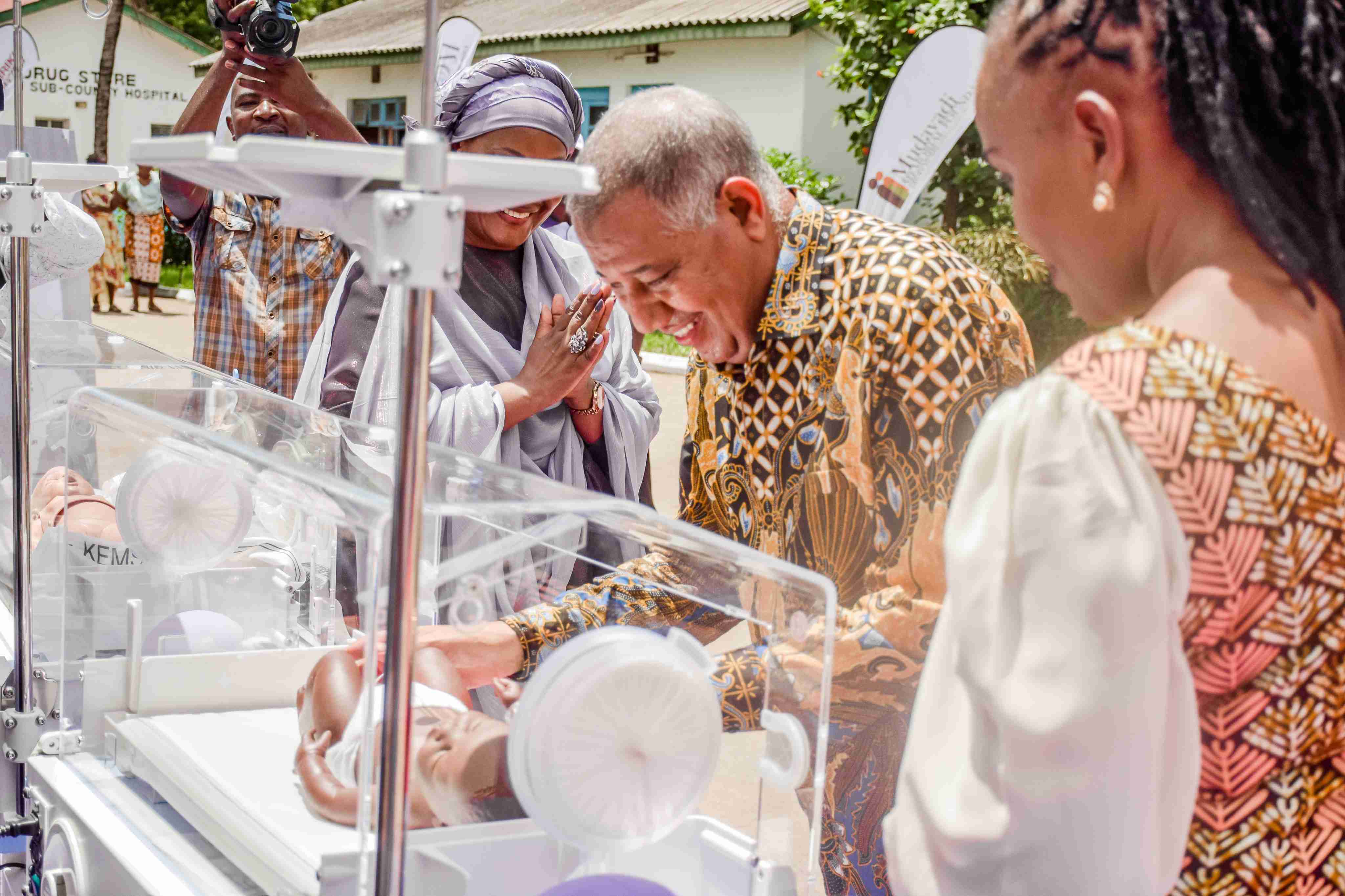Kenya's infant mortality rate declines amid improved maternal care interventions

According to UNICEF, preterm birth remains the leading cause of death among children under five globally, with approximately 13.4 million babies born prematurely each year.
The country's infant mortality rate has seen a significant decline, a success attributed to improved maternal and childcare interventions.
Speaking at the World Prematurity Day event on November 17, Tessie Mudavadi, spouse of the Prime Cabinet Secretary, emphasised the importance of collaborative efforts in addressing the issue.
More To Read
- Governors sound alarm as 934 newborns die amid funding row in health sector
- Governors decry Health Ministry’s move to deny maternity funds to dispensaries
- Ministry of Health announces measures to reduce maternal, newborn deaths
- Kenya to introduce mandatory sickle cell screening during maternal, child health visits
- Garissa, Mombasa among deadliest counties for mothers during childbirth
- Kenya to receive Sh10 billion for maternal and newborn care
During the event, she donated two baby incubators to Malindi Sub-County Hospital to enhance care for premature infants.
This year's World Prematurity Day theme, “Access to quality care everywhere,” highlighted the critical need for universal access to essential care.
“This donation seeks to enhance the standard of care provided to preterm infants, reduce complications, and enhance the overall outcomes for these vulnerable babies,” she said.
In Kilifi County alone, an estimated 1,600 children are born prematurely each year, highlighting the critical need for improved care and preventative measures.
“Okoa Malaika” initiative
Mudavadi also praised the “Okoa Malaika” initiative, a preterm infant care programme that supplies neonatal equipment to health facilities, ensuring better health outcomes for mothers and their newborns.
Lamu Governor Issa Timamy, also present at the event, emphasised the need for health sector players to educate communities on health and well-being.
Similarly, Kilifi Deputy Governor Flora Chibule underscored the importance of ensuring that all premature babies have access to quality healthcare.
According to UNICEF, preterm birth remains the leading cause of death among children under five globally, with approximately 13.4 million babies born prematurely each year.
The World Health Organisation (WHO) further reports that in 2020, 13.4 million babies were born preterm, before 37 completed weeks of gestation.
Preterm birth complications are responsible for the deaths of around 900,000 children under the age of five each year. WHO notes that three-quarters of these deaths could be prevented with current, cost-effective interventions.
“The global rate of preterm birth ranges from four to 16 per cent, depending on the country,” says WHO.
Preterm birth is defined as the birth of a baby before 37 weeks of pregnancy. It is categorised into three sub-types based on gestational age: extremely preterm (less than 28 weeks), very preterm (28 to less than 32 weeks), and moderate to late preterm (32 to 37 weeks).
While preterm births can occur spontaneously, they may also be medically induced for various reasons, including maternal or fetal health concerns.
Globally, prematurity remains the leading cause of death in children under five, with stark inequalities in survival rates.
In low-income countries, half of babies born at or before 32 weeks die due to a lack of access to cost-effective interventions such as warmth, breastfeeding support, and care for infections.
In contrast, nearly all of these babies survive in high-income countries.
WHO notes that suboptimal use of technology in middle-income countries is contributing to an increased burden of disability among surviving preterm infants.
Top Stories Today













































